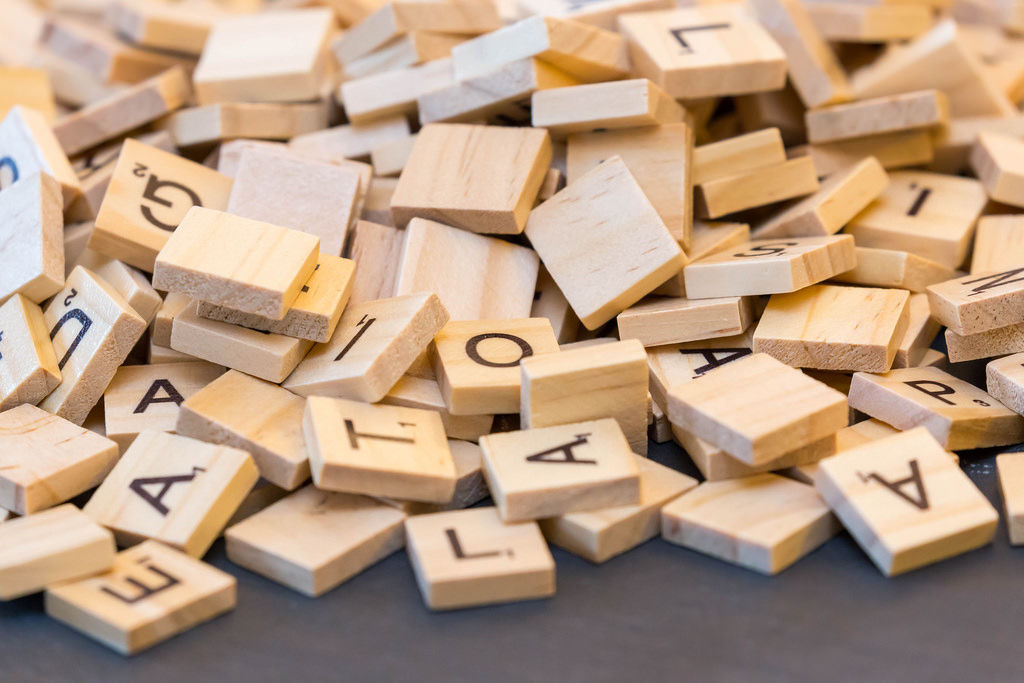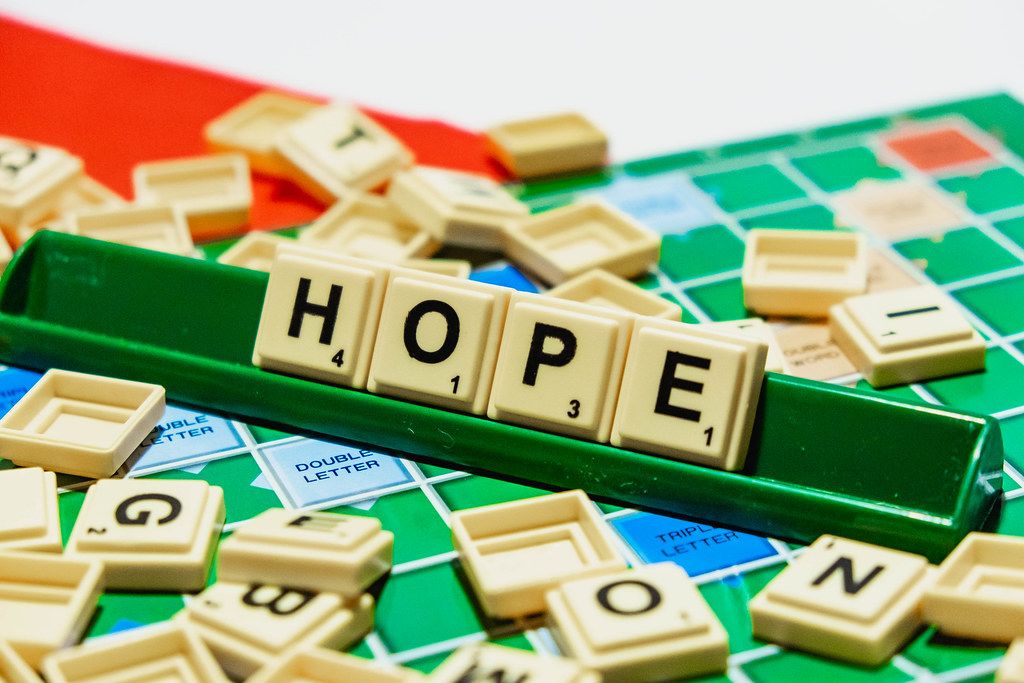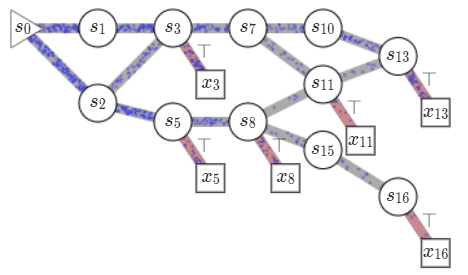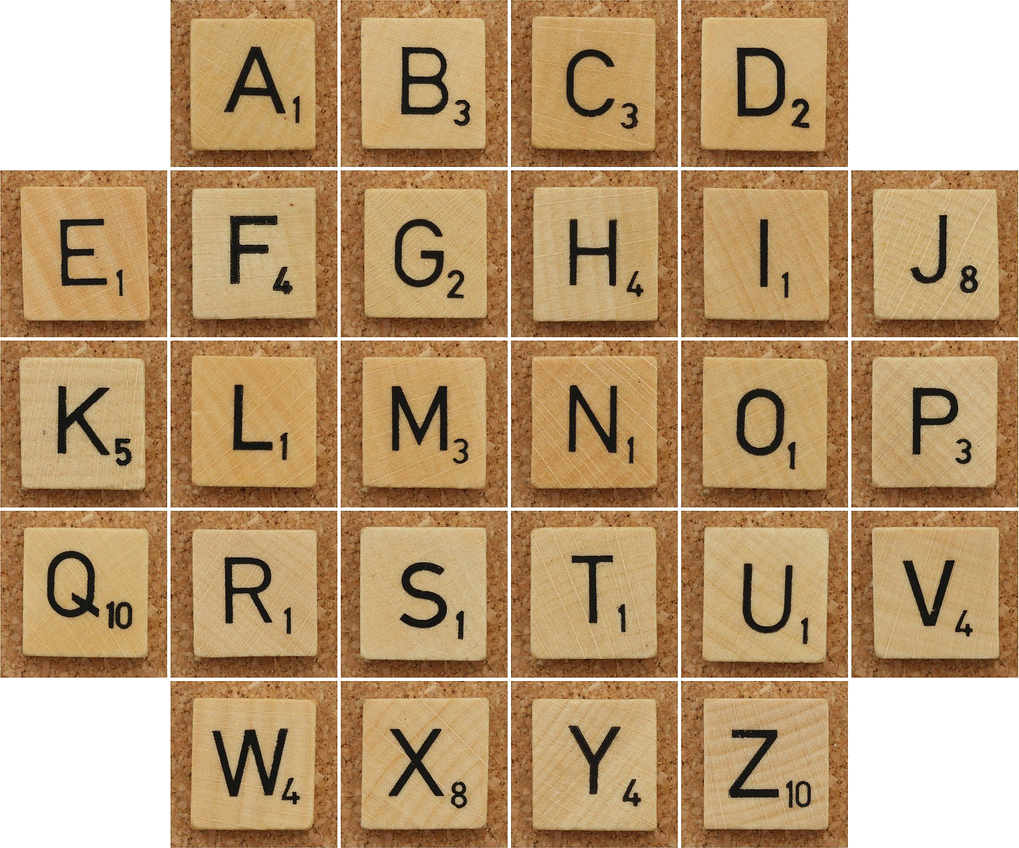name: title class: title, middle ## Live coding of a GFlowNet environment ### Scrabble Alex Hernández-García (he/il/él) .turquoise[Mila GFlowNet Workshop · Montreal · November th 2023] .center[ <a href="https://mila.quebec/"><img src="../assets/images/slides/logos/mila-beige.png" alt="Mila" style="height: 4em"></a> <a href="https://www.umontreal.ca/"><img src="../assets/images/slides/logos/udem-white.png" alt="UdeM" style="height: 4em"></a> ] .smaller[.footer[ Slides: [alexhernandezgarcia.github.io/slides/scrabble-demo-nov23](https://alexhernandezgarcia.github.io/slides/scrabble-demo-nov23) ]] --- ## A Scrabble-inspired GFlowNet environment Task: to sample English words (up to 7 letters) with high "Scrabble" score. This is hard! Number of combinations: $\sim26^7 \approx 10^{10}$. Number of English words with up to 7 letters: $\sim10^5$ .left-column[ .center[] ] -- .right-column[ .center[] .center[] ] --- ## Scrabble GFlowNet ~~DAG~~ Tree Task: to sample English words (existing in a vocabulary) with high "Scrabble" score (reward). -- .columns-3-left[ .center[] ] -- .columns-3-center[ .center[ State space, $\mathcal{S}$: all possible combinations of 0-7 letters   ] ] -- .columns-3-center[ .center[ Action space, $\mathbb{A}$: adding each letter, plus the "stop" action.  ] ] --- ## States and action representation We can represent each letter by an index. Simplified example: ```python tokens_dict = {"A": 1, "E": 2, "I": 3, "L": 4, "M": 5, "O": 6, "_": 0} ``` -- And a state by a list of indices. For example, the word ~~MILA~~ Mila: ```python mila = [5, 3, 4, 1, 0, 0, 0] ``` -- We can represent actions by a single-tuple element with the index of the letter: ```python action_a: = (1,) action_m: = (5,) action_o: = (6,) action_eos: = (-1,) # EOS: end-of-sequence (stop) ``` --- ## GFlowNet implementation .highlight2[Open source GFlowNet implementation]: [github.com/alexhernandezgarcia/gflownet](https://github.com/alexhernandezgarcia/gflownet) -- * A key design principle is the simplicity to create new environments. * Current environments: hyper-grid, hyper-cube, hyper-torus, Tetris, crystals, molecules, DNA... * Discrete and continuous support * Hydra-based configuration * WandB -- Research articles supported by this GFlowNet package: .references[ * Lahlou et al. [A Theory of Continuous Generative Flow Networks](https://arxiv.org/abs/2301.12594), ICML, 2023. * Hernandez-Garcia, Saxena et al. [Multi-fidelity active learning with GFlowNets](https://arxiv.org/abs/2306.11715). RealML, NeurIPS 2023. * Mila AI4Science et al. [Crystal-GFN: sampling crystals with desirable properties and constraints](https://arxiv.org/abs/2310.04925). AI4Mat, NeurIPS 2023 (spotlight). * Volokhova, Koziarski et al. [Towards equilibrium molecular conformation generation with GFlowNets](https://arxiv.org/abs/2310.14782). AI4Mat, NeurIPS 2023. ] --- ## The core of a GFlowNet "environment" Since most common functionality is implemented by the base [`GFlowNetEnv`](https://github.com/alexhernandezgarcia/gflownet/blob/main/gflownet/envs/base.py), the only methods that a new discrete environment must implement are: -- * `__init__()`: defines attributes, EOS action, source state, etc. -- * `get_action_space()`: constructs the list of possible actions (tuples). -- * `step(action)`: given an action, update the environment's state. -- * `get_parents(state)`: obtains the list of parents of a given state, and their corresponding actions. -- * `get_mask_invalid_actions_forward(state)`: determines the invalid actions from a given state. -- * State conversions: `states2proxy()`, `states2policy()`, `state2readable()`, `readable2state()`. --- # Let's code! -- Objectives for the session: - Demonstrate that it is possible to quickly get started with GFlowNets for a new problem. - No need for you to code along, but you're welcome! - Main focus is _what?_ and _why?_ - Less focus on _how?_ --- name: title class: title, middle  Alex Hernández-García (he/il/él) .center[ <a href="https://mila.quebec/"><img src="../assets/images/slides/logos/mila-beige.png" alt="Mila" style="height: 3em"></a> <a href="https://www.umontreal.ca/"><img src="../assets/images/slides/logos/udem-white.png" alt="UdeM" style="height: 3em"></a> ] .footer[[alexhernandezgarcia.github.io](https://alexhernandezgarcia.github.io/) | [alex.hernandez-garcia@mila.quebec](mailto:alex.hernandez-garcia@mila.quebec)]<br> .footer[[@alexhg@scholar.social](https://scholar.social/@alexhg) [](https://scholar.social/@alexhg) | [@alexhdezgcia](https://twitter.com/alexhdezgcia) [](https://twitter.com/alexhdezgcia)]